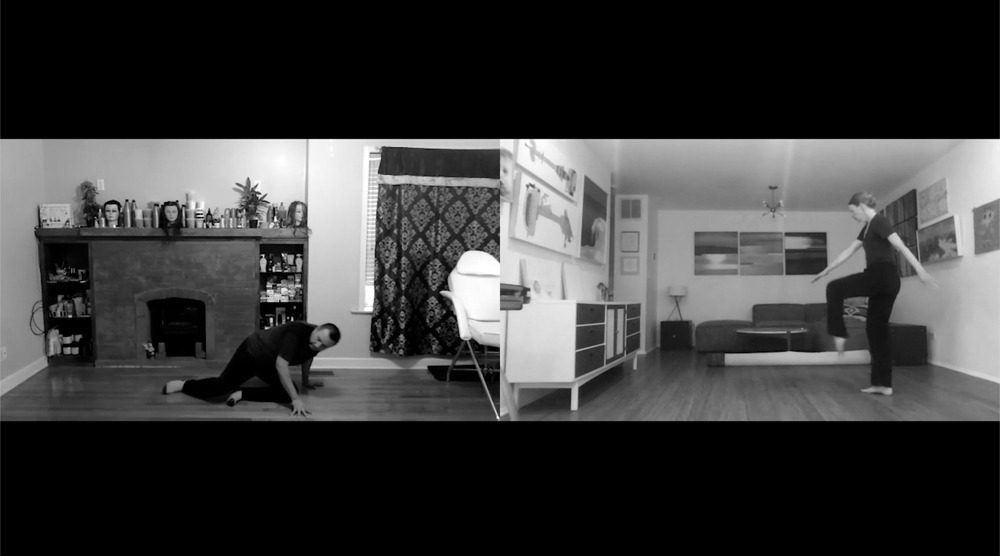
TRIO A TRANSLATION PROJECT
first performed on July 25, 2020
the performers' homes
performed once in 2020
CHERRIE YU
Enid Smith, Ignacio Morales
Chicago, United States & Wuxi, China
966183883j966183883y966183883u96618388319661838836966183883@966183883a966183883r966183883t966183883i966183883c966183883.966183883e966183883d966183883u
cherrieyu.cargo.site/
TRIO A TRANSLATION PROJECT
CHERRIE YU
I started translating Yvonne Rainer’s 1965 dance “Trio A” in summer 2020 with a series of individuals of different professions and backgrounds. Each individual had a loved one transcribe the original dance into a written score, which we worked with to devise new movements. The first two performers in the project were Enid Smith, a former dancer at the Merce Cunningham Company, and Ignacio Morales, a custodial worker at the Inland Steel Building in downtown Chicago. They performed their translated solos on July 28 in their respective homes. The only audience consisted of the performers’ family members, who were at home with the performers, and me, who was watching online. Each solo was performed separately and filmed separately in the same manner. The performers filmed themselves with help from their family members, and virtual guidance from me.
The work employs an ethnographic approach. I started the rehearsal process with interviews, and the information I gathered from the performers lay the foundation for the dance, or sometimes became movement materials or writing. In this project, there is a constant back and forth response between the digital and the live. I am interested in working with these two people with very different histories and experiences to respond to “Trio A” as a digital archive. The process of encounter, response, and engagement becomes a “set” solo at the end of the choreographic process and is in turn documented on film again. The dances were accompanied by writings produced by each performer throughout the rehearsal process. The writings were a series of short snippets of memories, sensations, description of objects, spaces, or routines that do not form a clear narrative. I plan for this to be an ongoing project/performance, with different performers of various professions. In doing so, I hope to investigate the kinds of empathy that is possible between the viewer and the person performing, without fetishizing labor, memory or parenthood.